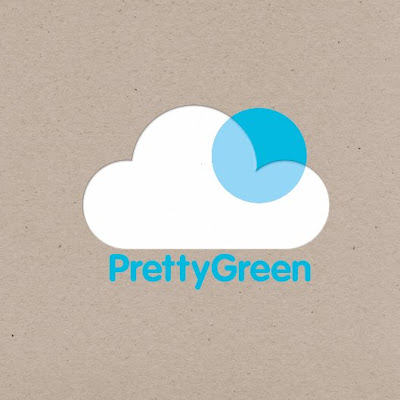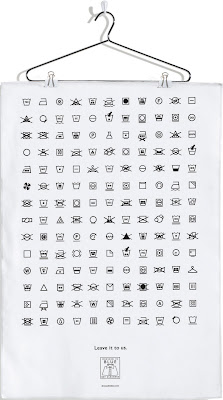

UPenn Fine Arts Senior Thesis Blog




 Tropicana (a flagship product of PepsiCo) announced today that it would be discontinuing its redesigned packaging that was launched in early January. Thank you design gods! The previous version with classic imagery of the orange and protruding straw will be brought back in March. So why the sudden switcharoo? Was there that much of a backlash against replacing fresh oranges with a picture of a glass of OJ? Did Tropicana finally realize how generic the revised packaging looked? Did the new numbers reflect an inability to differentiate Tropicana's bland packaging from other companies' generic juices? Apparently, Tropicana's most loyal consumers fervently complained to Tropicana about the redesign via email. This is a definite rare occurrence for a company, but I think that Tropicana is moving back in the right direction. It goes to show the extent to which internet access is changing the ways that companies can tap into their core consumers' brains and bring consumers closer to the big honchos.
Tropicana (a flagship product of PepsiCo) announced today that it would be discontinuing its redesigned packaging that was launched in early January. Thank you design gods! The previous version with classic imagery of the orange and protruding straw will be brought back in March. So why the sudden switcharoo? Was there that much of a backlash against replacing fresh oranges with a picture of a glass of OJ? Did Tropicana finally realize how generic the revised packaging looked? Did the new numbers reflect an inability to differentiate Tropicana's bland packaging from other companies' generic juices? Apparently, Tropicana's most loyal consumers fervently complained to Tropicana about the redesign via email. This is a definite rare occurrence for a company, but I think that Tropicana is moving back in the right direction. It goes to show the extent to which internet access is changing the ways that companies can tap into their core consumers' brains and bring consumers closer to the big honchos.
























 (2) While not the most aesthetically pleasing charts, here is proof that even the silliest "facts" can be communicated more effectively and efficiently with information graphics.
(2) While not the most aesthetically pleasing charts, here is proof that even the silliest "facts" can be communicated more effectively and efficiently with information graphics. (3) Information graphics that are a little more hardcore. Can you imagine how many pages this information would take up if it were prose?! (Alice Cho)
(3) Information graphics that are a little more hardcore. Can you imagine how many pages this information would take up if it were prose?! (Alice Cho)








